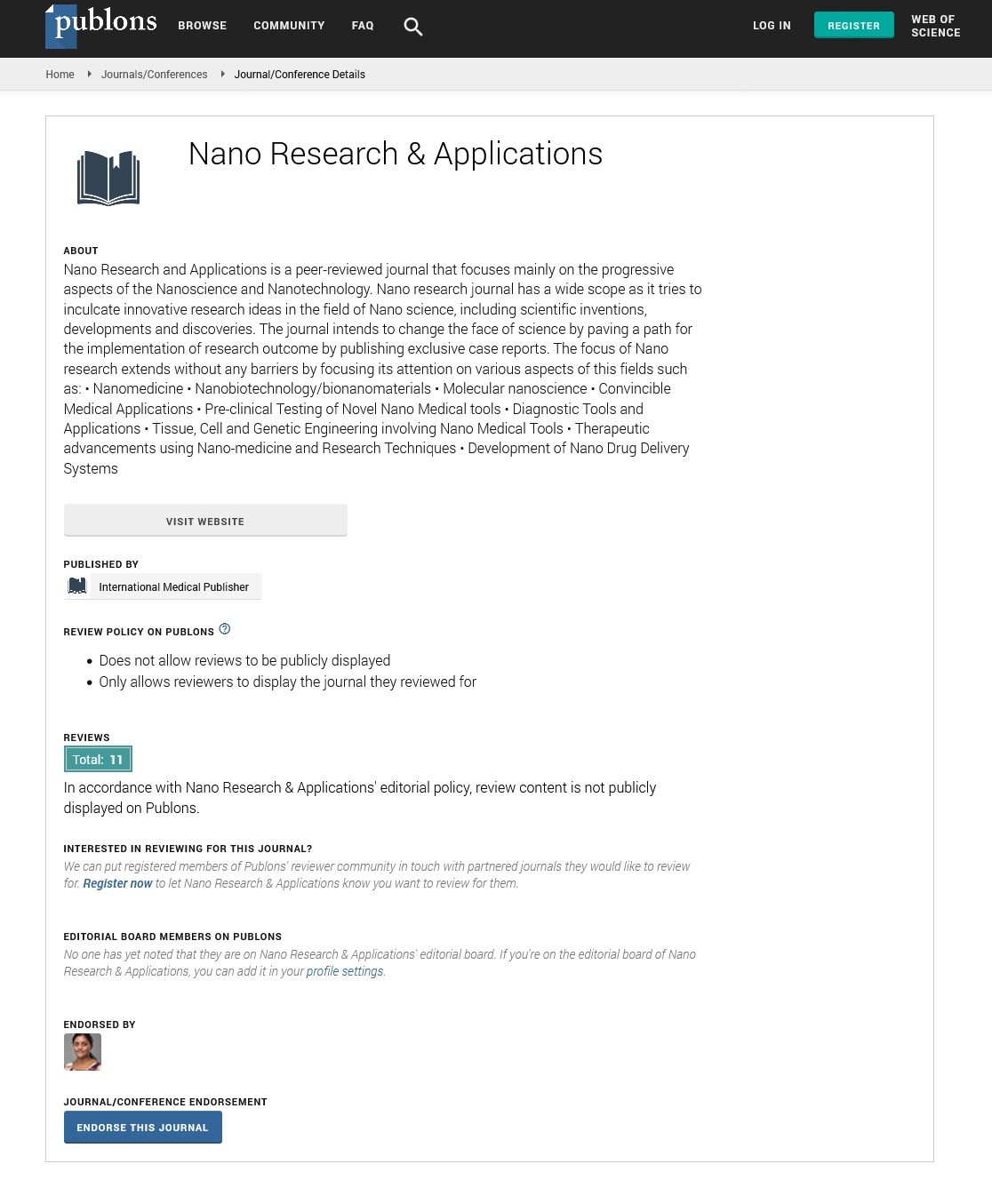Abstract
Transition Metal Oxide Doped Glassy Systems: Electrical transport and Microstructure
Glassy systems, 0.3V2O5 –0.7(0.05 AmOn –0.95 ZnO) where, AmOn = MoO3, Nd2O3, CdO, and SeO2 respectively have been prepared by melt quenching route. Crystallite sizes of new phases Zn3V2MoO11 and Zn2.5VMoO8, NdVO4, Cd2V2O7 and ZnVSe2O7 have been estimated from XRD studies. Average sizes of ZnVSe2O7 and Zn3V2MoO11 are found to be maximum and minimum in SeO2 and MoO3 doped glassy systems respectively. Bond weakening in SeO2 doped glassy system is maximum. More number of bond breaking may increase the more number of cluster formation and may offer high resistive path for electron or polaron conduction. The present glassy systems behave as an indirect gap semiconductor. The variation of dc conductivity data with reciprocal temperature indicates small polaron hopping conduction in transition metal oxide glassy system. The electrical measurement data also show that dc conductivity increases with increasing polaron radius. The threshold temperature (TH) for sharply increasing density of states at Fermi level shows minimum for MoO3 doped glassy system
Author(s):
Sanjib Bhattacharya
Abstract | Full-Text | PDF
Share this

Google scholar citation report
Citations : 387
Nano Research & Applications received 387 citations as per google scholar report
Nano Research & Applications peer review process verified at publons
Abstracted/Indexed in
- Google Scholar
- China National Knowledge Infrastructure (CNKI)
- Directory of Research Journal Indexing (DRJI)
- WorldCat
- Publons
- Secret Search Engine Labs
- Euro Pub
Open Access Journals
- Aquaculture & Veterinary Science
- Chemistry & Chemical Sciences
- Clinical Sciences
- Engineering
- General Science
- Genetics & Molecular Biology
- Health Care & Nursing
- Immunology & Microbiology
- Materials Science
- Mathematics & Physics
- Medical Sciences
- Neurology & Psychiatry
- Oncology & Cancer Science
- Pharmaceutical Sciences


